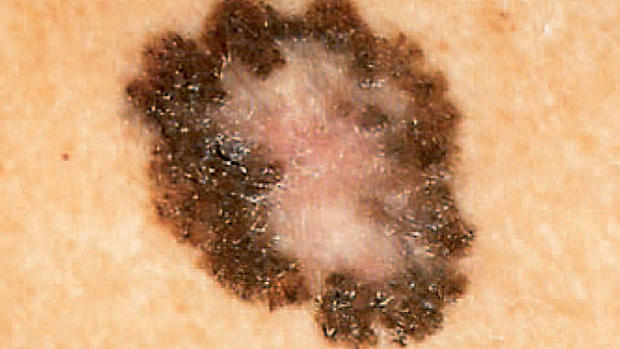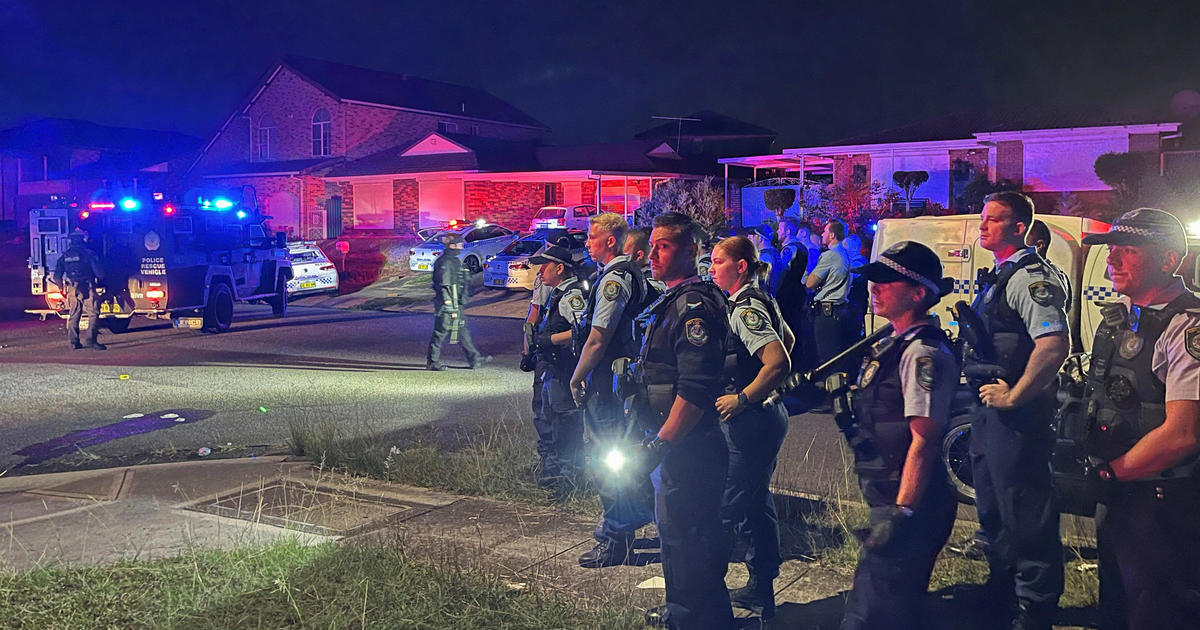Some sunscreens don't live up to their SPF claims
Choosing the right sunscreen SPF is an important step to help protect your skin from the blazing summer sun. But according to a new report, the SPF number on the label doesn't always match what's inside the bottle, which means certain sunscreens are less of a shield than people may expect.
"About a third of the sunscreens we tested this year did not meet their SPF claims," Trisha Calvo, Deputy Editor for Health & Food at Consumer Reports, told CBS News. "When you have something that's an SPF 30, and it tests at below an SPF 15, that's worrisome because you're getting less protection than what most dermatologists and experts recommend."
SPF, which stands for sun protection factor, measures a sunscreen's ability to block sunburn-causing rays.
Consumer Reports evaluated 34 sunscreens and found that 11 did not have the amount of SPF protection the labels claimed, with an actual effectiveness ranging from 16 to 70 percent less than advertised.
The lab where the consumer advocacy group tested the sunscreens gave each product a combined score based on two different tests, for UVA and UVB rays. UVB rays cause sunburn, while UVA rays are linked to skin wrinkling and aging; both types of ultraviolet rays raise the risk of skin cancer.
UVB was scored similarly to the way people evaluate sunscreen in real life: by how red they were after sun exposure. The lab applied different sunscreens to patches of skin on the backs of people on the review panel. The test subjects were immersed in water and then were exposed to six levels of UVB light. Each sunscreen was scored by how red the skin patches were the next day.
UVA protection was tested by seeing how much light passed through the sunscreen. Consumer Reports simply applied some of the product to a plastic plate and then shined a UV light through it.
The report says, "While the majority of the sunscreens received excellent or very good UVA scores, four received good scores and three received fair or poor scores." Overall, 15 of the 34 sunscreens tested performed well enough to earn the group's recommendation.
- Woman posts skin cancer selfie to warn about dangers of tanning
- Melanoma can look like nail fungus, woman warns in viral Facebook post
Previous tests have shown that mineral sunscreens featuring titanium dioxide or zinc oxide have been less effective than sunscreens with chemicals like avobenzone, Consumer Reports says. This year's report says, "None of the five mineral sunscreens in our tests this year did well enough to make our list of recommendations."
Certain ingredients in sunscreen may cause a skin reaction for some people. The report also notes that spray sunscreens have not been thoroughly tested for the effects of inhaling the spray.
The American Academy of Dermatology's guidelines recommend regular use of sunscreen and other measures to reduce the risk for burns, skin aging and skin cancer:
- Use a sunscreen with SPF between 30 and 50, even on cloudy days
- Apply one ounce for the whole body, a shot-glass size amount
- Reapply every two hours or after swimming, including on the back
- Minimize time in the sun between peak hours of 10 a.m. to 2 p.m.
- Wear clothes that protect from sun exposure: dark colors that deflect light, tightly woven fabrics or UV-protective clothing




